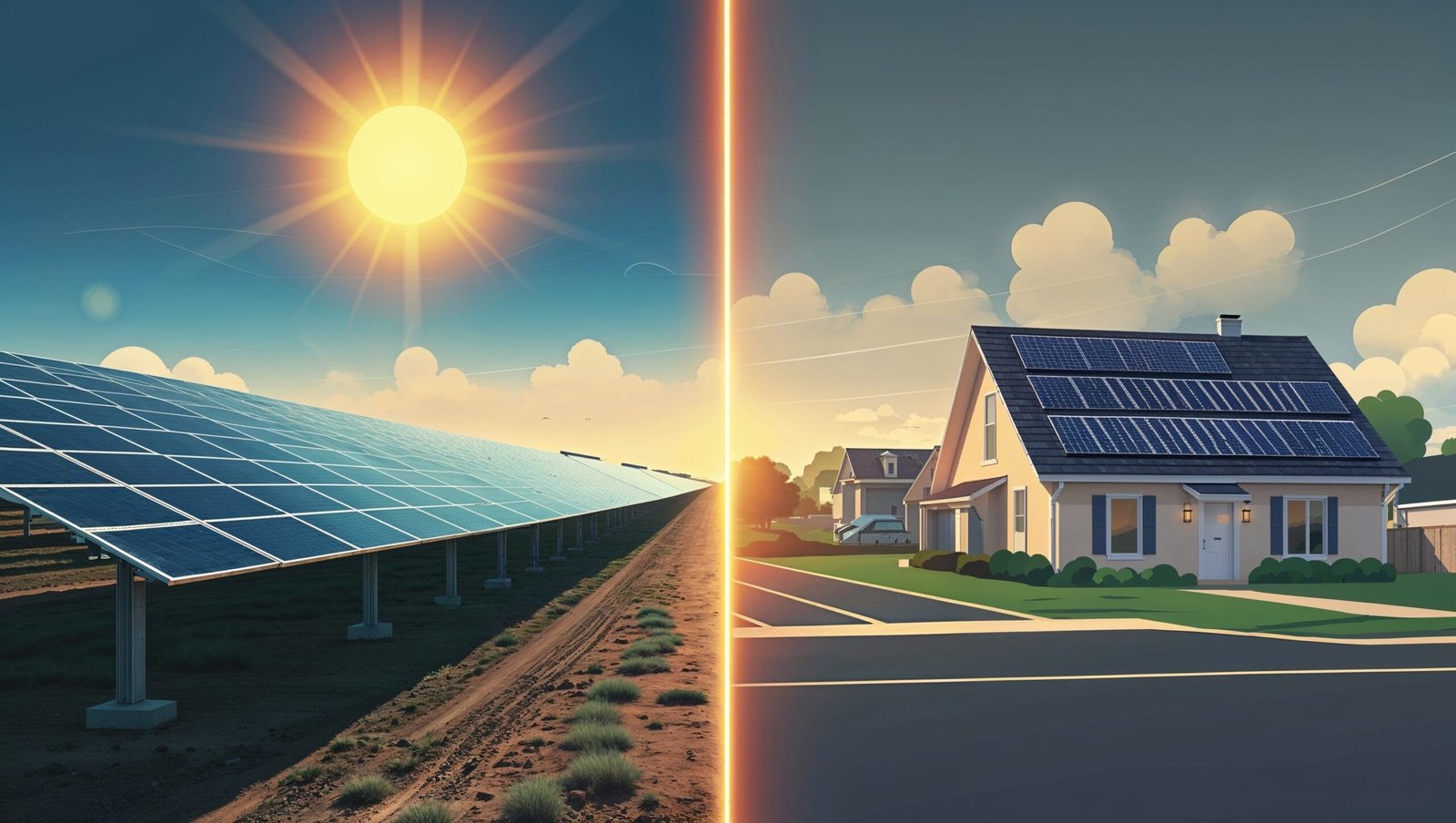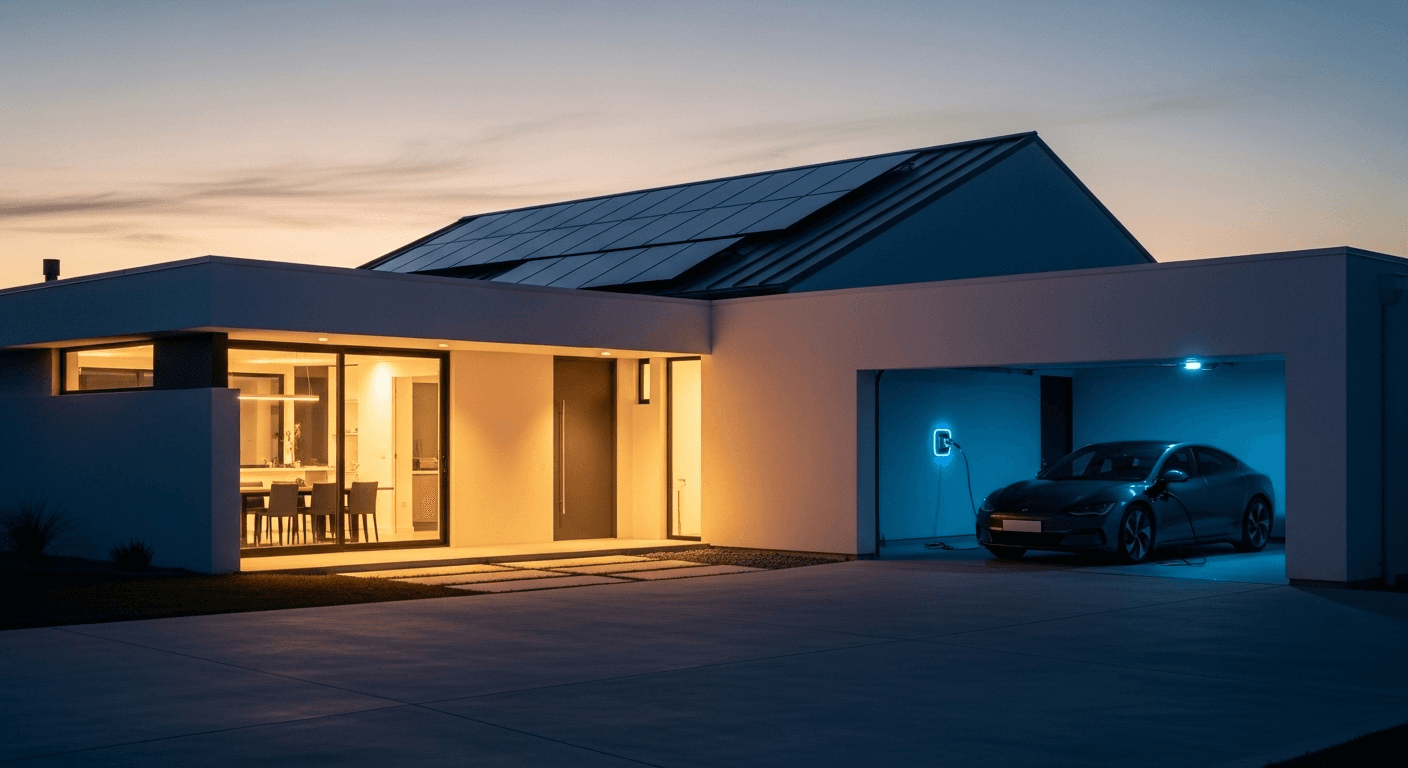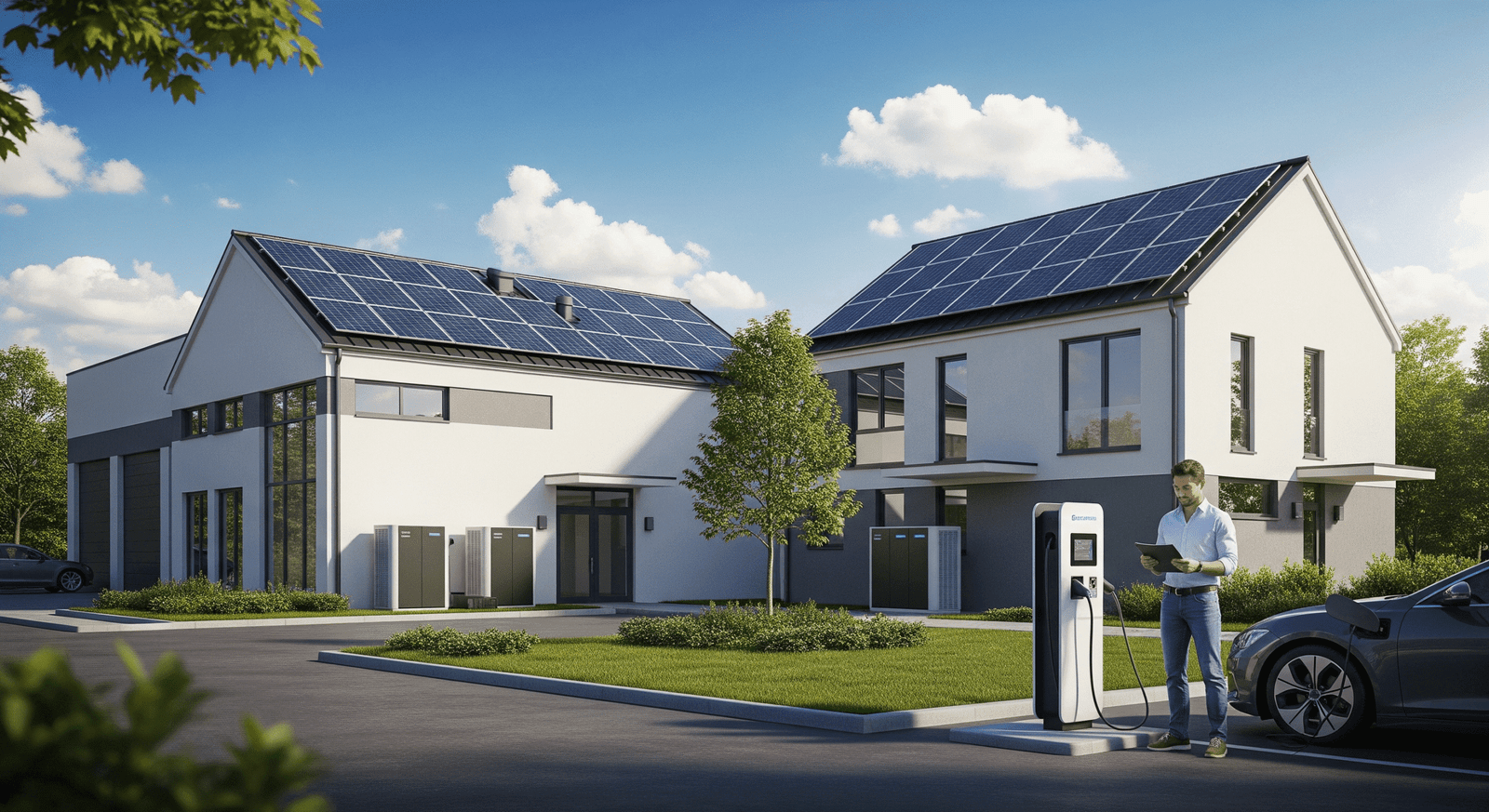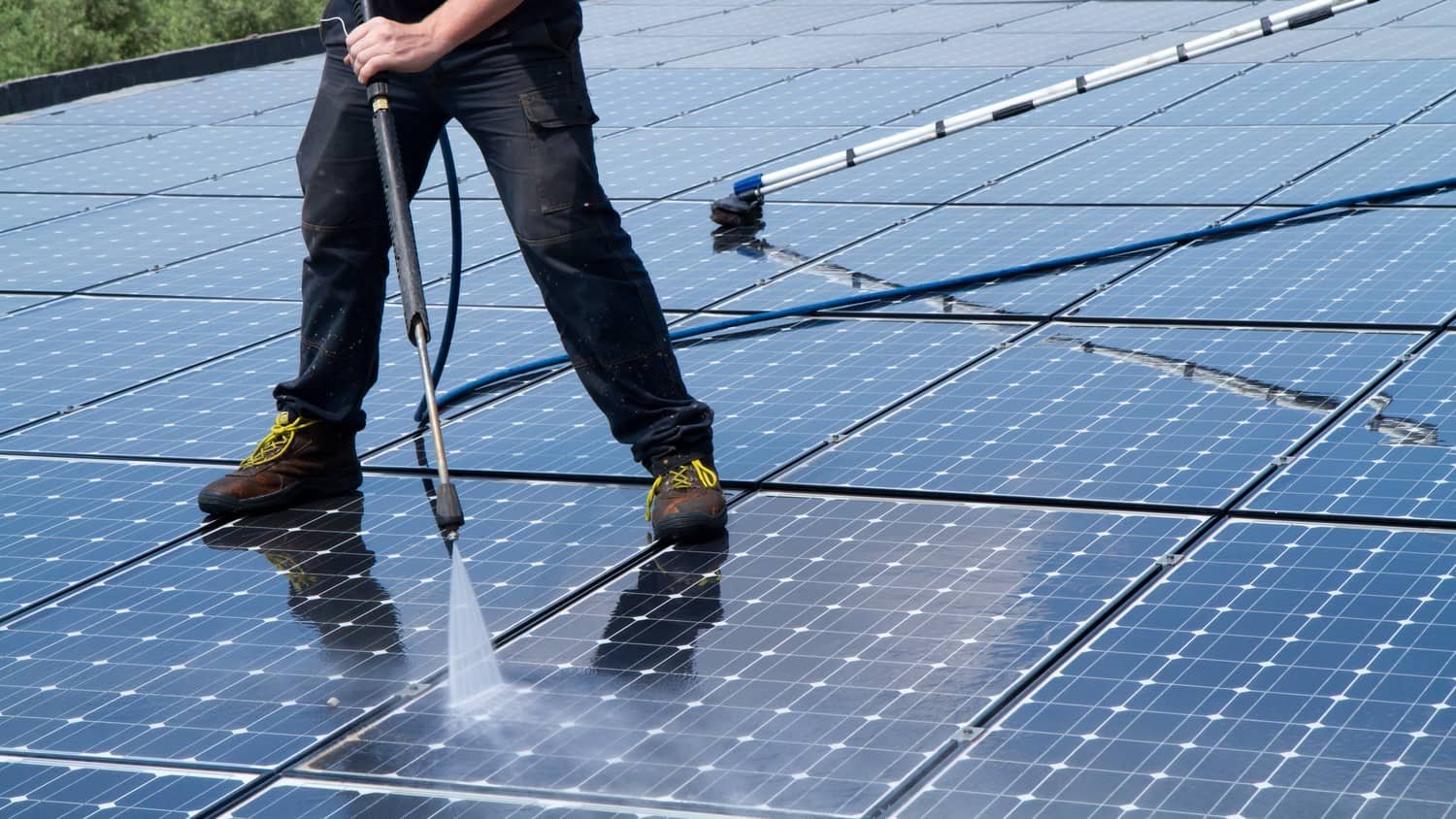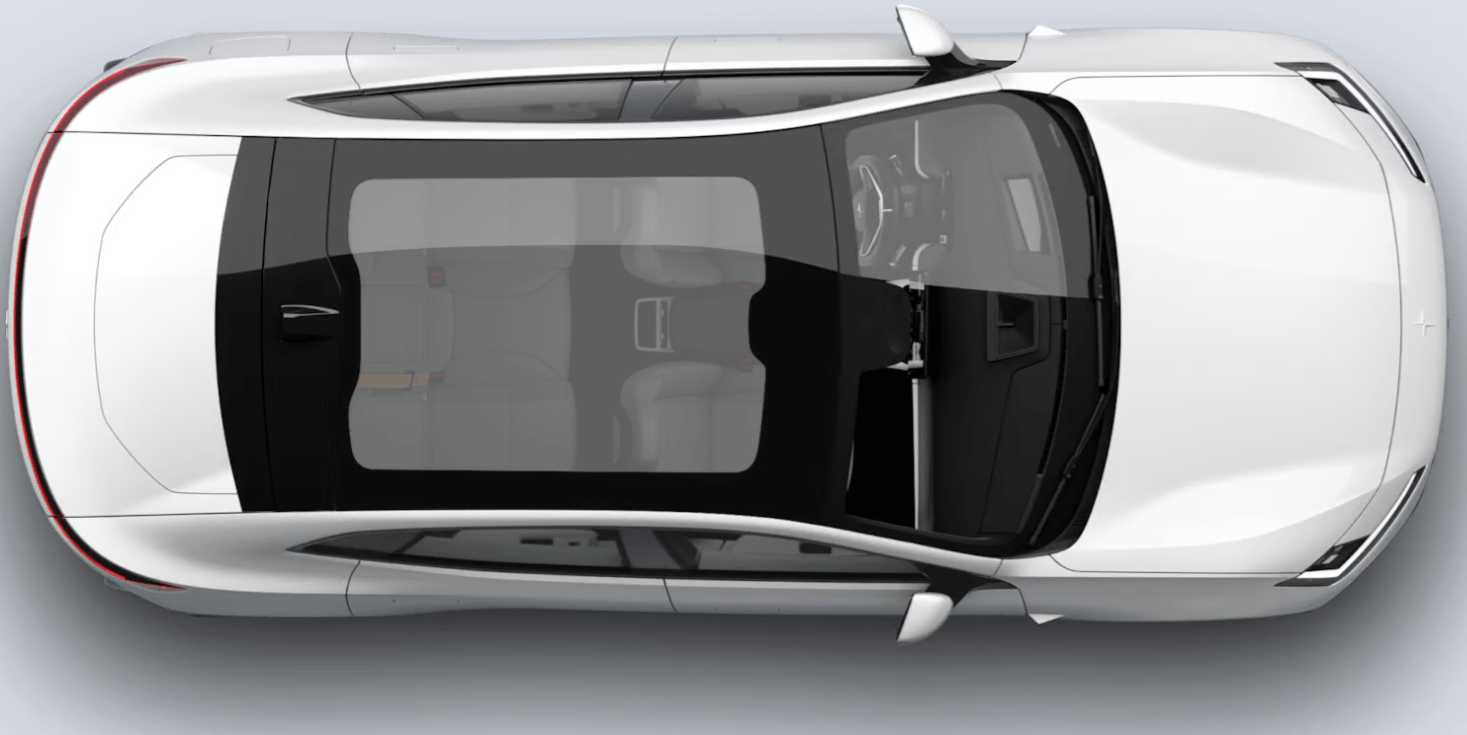The American Home Energy Revolution
An interactive analysis of solar adoption, grid integration, and the rise of distributed energy resources transforming U.S. homes.
A Tale of Two Sectors
The U.S. solar market is experiencing explosive utility-scale growth alongside a sharp contraction in the residential sector. This section explores the divergent trends that defined the market in 2023-2024.
+51%
Utility-Scale Solar Change (YoY)
739 GW
Projected U.S. Capacity by 2035
Calculate Your Solar Savings
The financial benefits of solar vary dramatically by state. Select your state to see estimated costs, savings, and payback periods based on local electricity rates and solar potential.
The Grid’s Challenge: The Duck Curve
As solar floods the grid with power at midday, it creates a massive challenge: a deep drop in grid demand followed by a steep ramp-up in the evening. This “duck curve” strains infrastructure and requires new solutions.
Solutions for a Modern Grid
Homeowners are now key players in grid stability. Technologies like battery storage and Vehicle-to-Grid (V2G) turn homes into assets that can store excess solar power and support the grid during peak hours.
Load Shifting
Running appliances like dishwashers or charging EVs during midday to use your own solar power directly, reducing evening grid demand.
Battery Storage
Storing excess solar energy generated during the day for use at night or during power outages, maximizing self-consumption and resilience.
Vehicle-to-Grid (V2G)
Using the large battery in an electric vehicle to send power back to the grid during peak demand, creating a massive, distributed energy resource.
The Future Home Energy Ecosystem
Solar, storage, and EVs are not separate technologies; they form a symbiotic ecosystem. This integrated system transforms homes into dynamic assets that optimize energy use, enhance grid stability, and accelerate the clean energy transition.
Solar Panels
Generate clean energy
Smart Home
Optimizes energy flow
Battery Storage
Stores excess energy
Electric Vehicle (V2G)
Acts as mobile storage
The Grid
Receives & provides power
Read the full report here: Full Citable Report

Suhas Shrikant is the founder of Vecharged and an engineering enthusiast specializing in high-power off-grid solar systems. He has designed and built over a dozen custom systems and uses his hands-on, field-tested experience to create Vecharged’s expert guides and reviews.

